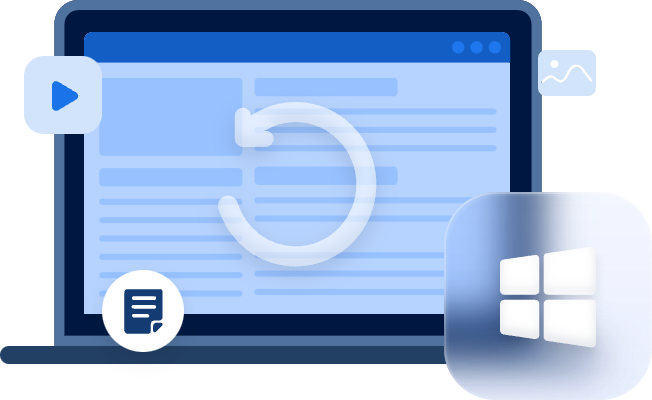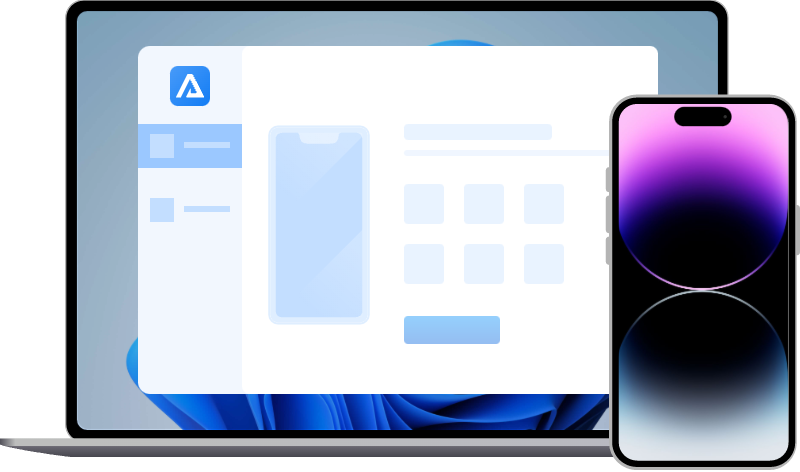How to delete other data on iPhone? [Solved]
Wonder how to delete Other data on iPhone? Feasible methods are well prepared to help you clear Other system data on iPhone.
“Help! Any ideas about how to delete other data in iPhone storage?”
Maybe your iPhone has worked for you for quite a long time, one year, several years. And it’s not difficult to imagine how full its storage space will be.
Maybe you are about to install an update to your iPhone, but even if you don't meet some iOS update issues, there is a problem awaits: your storage is full!
Then you head over to your iPhone storage, finding that the “Other” data occupied a huge proportion.
With that, you tried to delete some old pictures and even delete some apps that are seldom used.
I connected my phone to iTunes and found out that "Documents & Data" and "Others" were taking almost 2GB of storage space. What are they? As is there a way to clear them out? Thanks =)
- Question from iMore
My iPhone says there is a lot of "other" data that is taking up a substantial amount of memory. Aside from deleting all my data and apps and even restoring my iPhone, any ideas on how I can solve this issue?
- Question from MacRumors
However, like the users in these cases, the “Other” data didn’t decrease, it still stays there! Then you began to wonder what on earth is Other data? And how to delete Other data on iPhone?
Before heading over to the solution part, it is necessary to learn what is Other data.
What is “Other” data on iPhone?
When you go to “Settings” > “General” > “iPhone Storage”, you could check how several types of data take up your storage. “Apps”, “System”, “Photos”, “iCloud Drive”, “Other”, etc. When it comes to “Other” data, Apple defines it as caches, logs, and some other resources currently in use by the system.
To make it clearer, it includes data like app caches, Messages, MMS attachments, Safari caches, iOS OTA update data, etc.
Some important parts of it like system caches, update data, etc. need to be intact, so we cannot deal with them. But we could handle some other parts. Now let’s waste no time moving on to the next part: how to delete other data in iPhone storage.
How to delete Other data on iPhone?
How to remove other data from iPhone storage? Here are some tested safe methods ready for you, including but not limited to clearing some non-sensitive data and restoring the device. Check them out below.
Method 1. Delete Other data from iPhone storage by clearing Website data
If you are addicted to surfing using Safari, or you’ve never cleared it, this part could take up your iPhone storage space. This part could take up a big proportion but is not worth much. You could clean it and free up some Other space following the steps here.
Step 1. Go to “Settings” > “General” > “iPhone Storage”. Scroll down to find “Safari”.
Step 2. Click “Website Data” > “Remove All Website Data”.
Step 3. One more trick you could carry out is to delete “Offline Reading List” with a swipe to left.
Thus, you could free up some Other space.
Method 2. Remove Other data from iPhone storage by clearing Old Messages
How to delete other data on iPhone? As a heavy message sender or texter, you might need to delete some old, trivial, and unimportant messages to delete Other data on iPhone.
There are also attachments in messages that occupy your iPhone storage if you have ever sent messages and attached some pictures, videos, and other files to it.
What’s more, to save your labor, you might as well enable the auto-deletion in Message settings by following the steps below.
- Notes:✎...
- Please make sure not to delete your important messages.
Go to “settings” > “Messages” > “Keep Messages” > click “30 Days” > delete old messages.
Thus, you could remove Other data from iPhone storage by deleting some messages.
Method 3. Backup and restore from a backup to solve it
How to remove other data from iPhone storage with a high success rate? The most useful method to free up Other data on iPhone could be to restore your iOS device. Here to save your time and labor, good software could help you backup and restore your iPhone.
- Notes:✎...
- Using lightning charging cables is advisable.
- When “Trust This Computer?” comes out on your iPhone, tap “Trust”.
- To avoid omitting your private sensitive data like Health, KeyChain, Activity, etc., you could choose to set a passcode to your backup. Thus, you could make it easy to recover Health data on iPhone.
Step 1. Install FoneTool on your PC, and connect your iPhone via a compatible cable.
Step 2. Go to “Full Backup”.
Step 3. Select a place to store your backup according to your preference. Then click “Start Backup”.
Step 4. Then go back to the interface and click “Erase iPhone” with only one click.
Step 5. After that, click “Full Restore” to easily restore your iPhone.
Thus, you could delete Other data on iPhone by going through a backup and restore.
Bonus tips: How to get deleted data back?
With these 3 feasible methods, you could get your iPhone as a fresh one, and thus you will solve the problem: how to delete other data on iPhone. The first two might not give a high success rate, but worth a try.
But if you have mistakenly deleted photos, videos, voice memos, contacts, etc., you could utilize a professional iOS data recovery tool, AOMEI Data Assistant for iOS. This software could help you to recover deleted data on iPhone with ease, which will save you from the regret of accidental data deletion.


